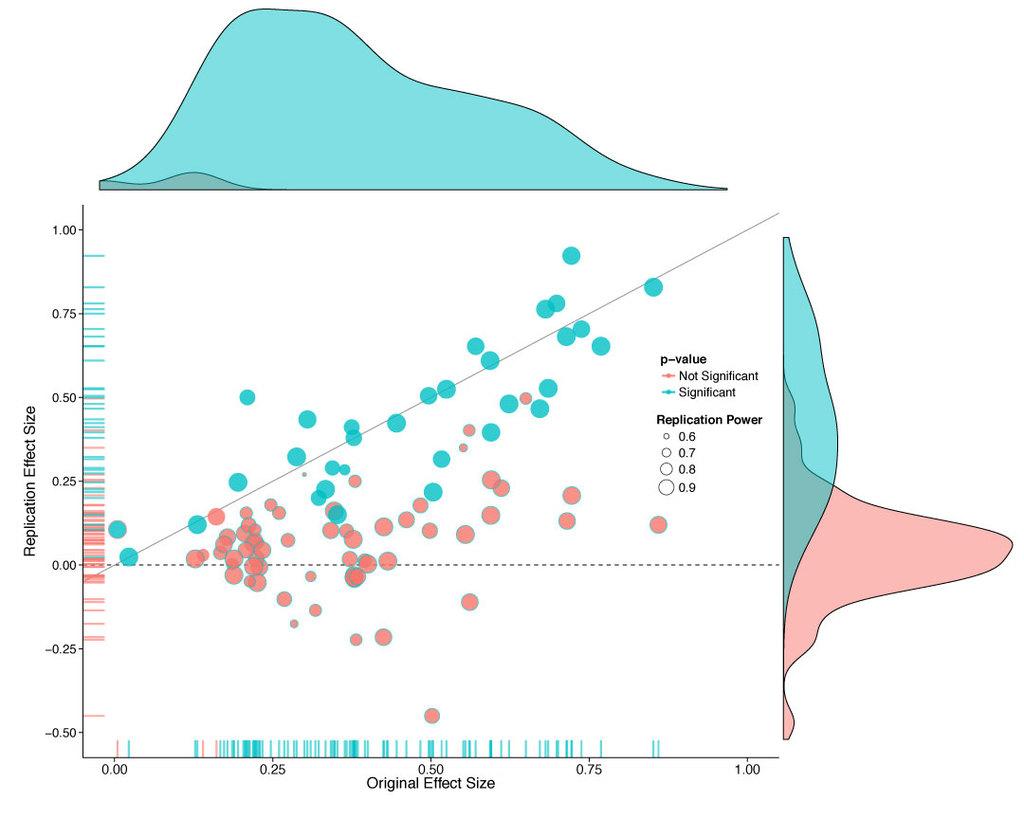Sense of direction
From the Herald:
For a lot of men, the notion that they have a better sense of direction than women was already a fact, now a scientific study proves it.
Researchers from the Norwegian University of Science and Technology conducted a study where volunteers completed a series of navigation based tasks with brain scans taken in the process.
The results show men have a more adept sense of direction because they use a separate part of their brain to find their way.
The press release is here, and it describes the research as coming from two separate experiments. There’s a link to the research paper, but only for the second experiment involving testosterone. No link is given for the claim about men vs women. I tried the PubMed research database, but the data aren’t in any of the other papers published by the same lead researcher.
The second experiment involved only women, half of whom were given a dose of testosterone. The story says
It was also found when women in the study had a dose of testosterone dropped onto their tongue, their navigational skills improved.
The research paper says
Surprisingly, the specific increase in MTL activity was not accompanied by increased navigation performance in the testosterone group.
That is, they saw changes in brain waves, but no change in navigation. The press release has this right, saying
“We hoped that they would be able to solve more tasks, but they didn’t.”
So, we have two claims. For one of them the evidence isn’t available, for the other it contradicts the story.

